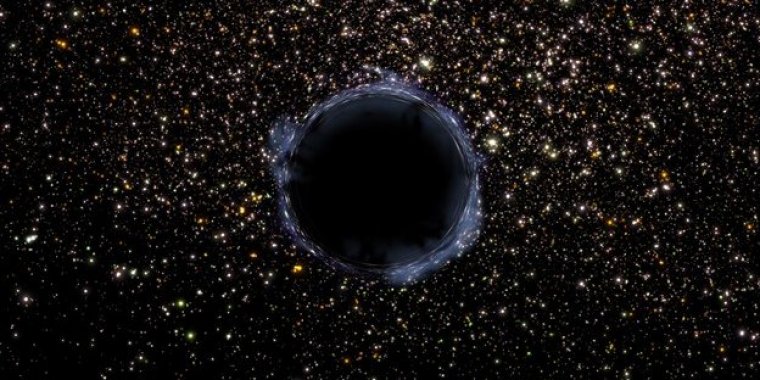| News / Science News |
Scientists introduce theoretical method to produce light in a vacuum
A new theory suggests that light can escape vacuums. Researchers from Dartmouth College have developed a theoretical method to produce light from an electromagnetic vacuum, something once thought unobservable. The research sheds light on the nature of black holes and their massive gravitational pull.

Scientists deepen the understanding of the physical properties of black holes. Photo: PD NASA
The scientists propose that using photon detectors in an electromagnetic vacuum and enhancing the output to increase visibility demonstrates that photons can escape a vacuum.
The experiment involves creating a vacuum and placing a manufactured diamond embedded with multiple photon detectors inside the vacuum.
The motion of the suspended diamond produces photons.
This is the first documented approach using multiple accelerating photon detectors and oscillating diamond. Using multiple photon detectors amplifies the acceleration and oscillating the diamond allows the acceleration to be controlled.
Producing light in a vacuum, essentially creating light from nothingness, will deepen the understanding of the physical properties of black holes.
The research will help unravel the mysteries of quantum physics, including the theory of relativity and equivalence principle. (National Science Foundation)
YOU MAY ALSO LIKE





